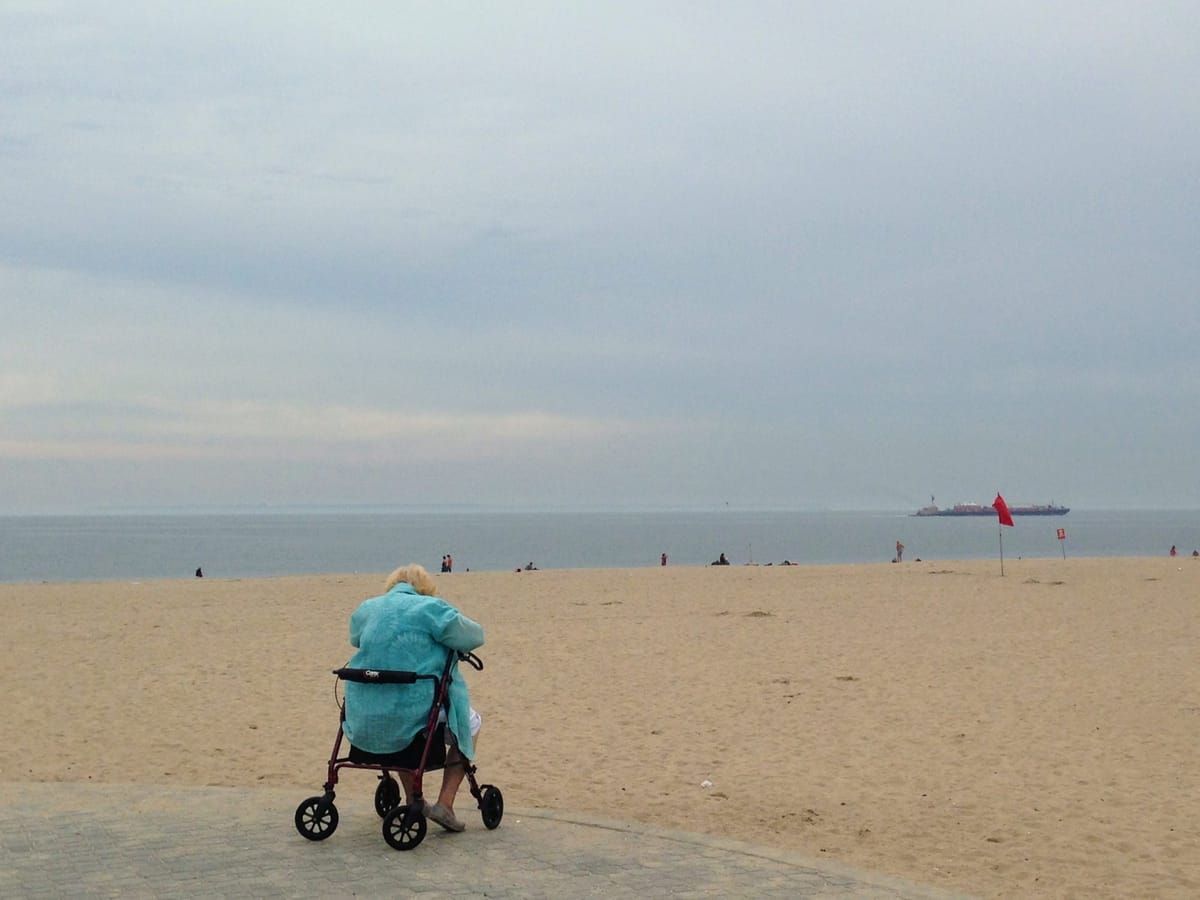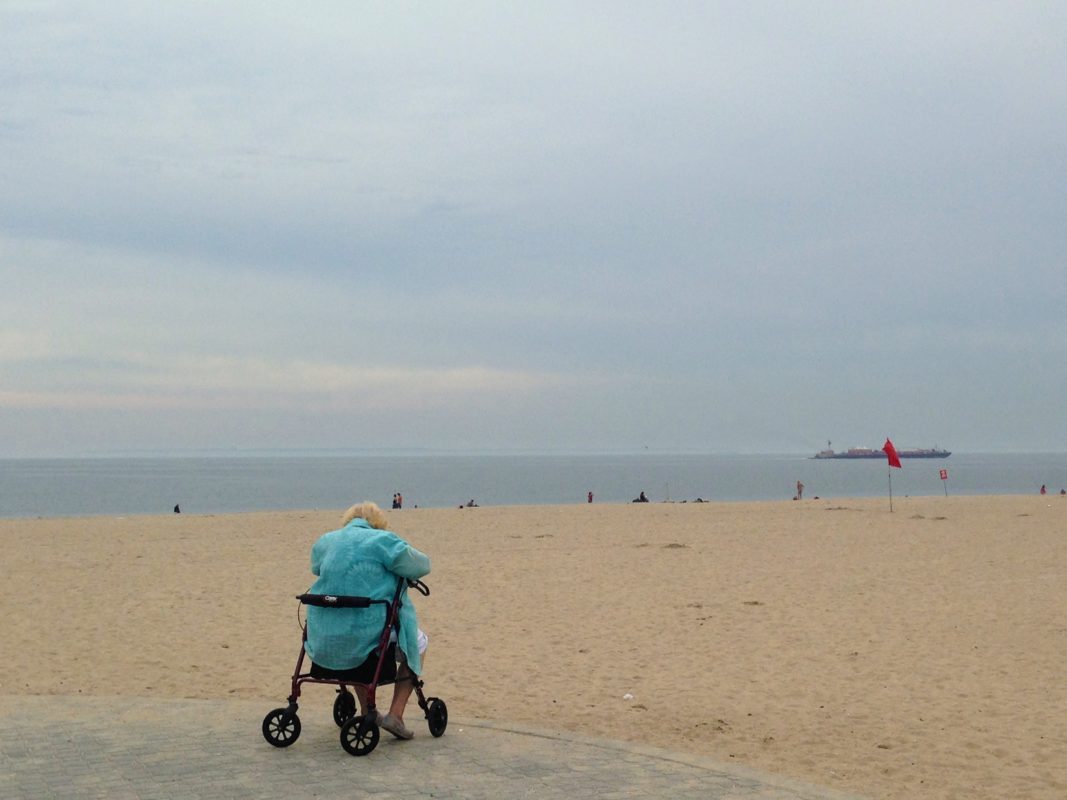City Is Rethinking Services For Older Adults, Advocates Urge To Think Bigger


Every few years, the NYC Department for the Aging (DFTA) looks at how to serve the city’s aging residents best. They recently released a new concept paper that explains the current thinking and are soliciting ideas for the freshly renamed Older Adult Centers (formerly Senior Centers) ahead of issuing new contracts to serve the older adult community.
Senior Centers stepped up to the challenge when COVID19 hit, stranding most of their clients at home. Many older adults (anyone over the age of 60) rely on the centers not just for companionship and socialization but also a hot meal and other services. The older the residents, the more they frequent a center and depend on its services, the city says. The centers shifted to reaching their clients by phone and checking in regularly and figuring out food delivery. Many more seniors signed up for food delivery than the city had anticipated, indicating a larger need.
We spoke with Nora Moran, director of policy and advocacy at United Neighborhood Houses, who represent 43 neighborhood settlement houses that among other good deeds provide services to seniors and operate 40 senior centers, to discuss what they think senior centers need now and will need after the pandemic as part of the bigger conversation about how the city helps its older residents age in place.
“It’s definitely a challenge for us to think about an overhaul and a redesign of a system that’s very much in flux because things are changing so quickly,” Moran says. “It’s still not safe to gather large crowds in person. And we have no sense of when that’s going to happen, especially for this [older] population who are at a higher risk for contracting COVID19.”
There are a lot of elements of the program design in the concept paper that are positive, Moran says. However, she is concerned about the lack of a bigger, cohesive vision from DFTA regarding other services the department is procuring to serve the older adult community, and the piecemeal approach to funding NORCs, elder abuse, home care, and new home-delivered meals. In response to the city’s concept paper, UNH released its comments:
“Rather than a piecemeal approach to these individual programs, we would have hoped that DFTA, having conducted a community needs analysis, could share a broader vision of older adult services that weave together these service components holistically.
For example, DFTA should share its thinking about how home delivered meals, NORCs, social adult day, and other essential programs fit into a coordinated community-based vision of supportive services for older adults and consider how senior centers play a key role in that delivery system.
We urge DFTA, and our City’s leaders at large, to clarify their overall vision and funding commitment to serve and engage older adults throughout NYC in a post-COVID world and how senior centers fit into that plan before moving forward with this procurement.”
While Senior Centers are making sure the older adults have access to technology to stay connected not just with each other but with their doctors, they hope to return to in-person services as soon as possible. Reaching older adults virtually should not “be a replacement for in-person socialization when we’re able to move on to that because social isolation is so harmful not just for younger people, but especially for this population,” Moran says.
COVID has highlighted several things about the older adult community, what it needs, and how it is served.
“Just before COVID, older adults were the fastest-growing population in New York City. It’s a very diverse population. Over half of the population in New York City over the age of 60 is foreign-born. The system serves people aged 60 to 100. That’s a huge group of people to paint with a broad brush,” Moran argues.
“There are about fifty thousand people who are receiving services from NYC through its emergency food program Get Food NYC that had never been to a senior center,” she explained. “And probably will, you know, want to stay engaged with the senior center when we’re able to gather in person again. But we don’t know. This concept paper doesn’t have a plan for making sure that they have the right amount of services.”
“We also know broadly that there’s been a lot of concern around nursing homes during COVID, and we anticipate that more older adults are going to be seeking out community-based non-residential supportive services like senior centers, like in-home case management. And we want to make sure that the city is ready for that and has the right services and processes in place to support those people.”
UNH wants the city to think about these bigger picture issues and to wait a little longer until there is a bit more clarity on what in-person programming might look like.
“Senior center staff are dealing with so much right now,” Moran says. “They’re very focused on just making sure that they’re staying connected to clients and getting through the day to day. Keeping that level of support and connection in place to have to shift attention to changing your program when we don’t even have a sense of what or when in-person programming will look like for older adults in New York City — it feels like it’s not the right time.”
“Generally, in our society, we tend to segregate by age. We tend to think of older adults as weak or frail or people whom, you know, the prime of their life is behind them, and they are just retired and don’t have anything to contribute,” Moran says.
“But we know that that’s not true. A lot of efforts by settlement houses have focused on empowering older adults to be leaders in their communities, organizing around, know starting community gardens, doing healthy food demonstrations for young children in the neighborhood, you know, working in with youth to do generational programing. Those are all very good things in the concept paper that we want to see the city do more. We think that age integration and looking at older adults as assets rather than just people in need of services are positive things the city should be holding up and doing more of.”




